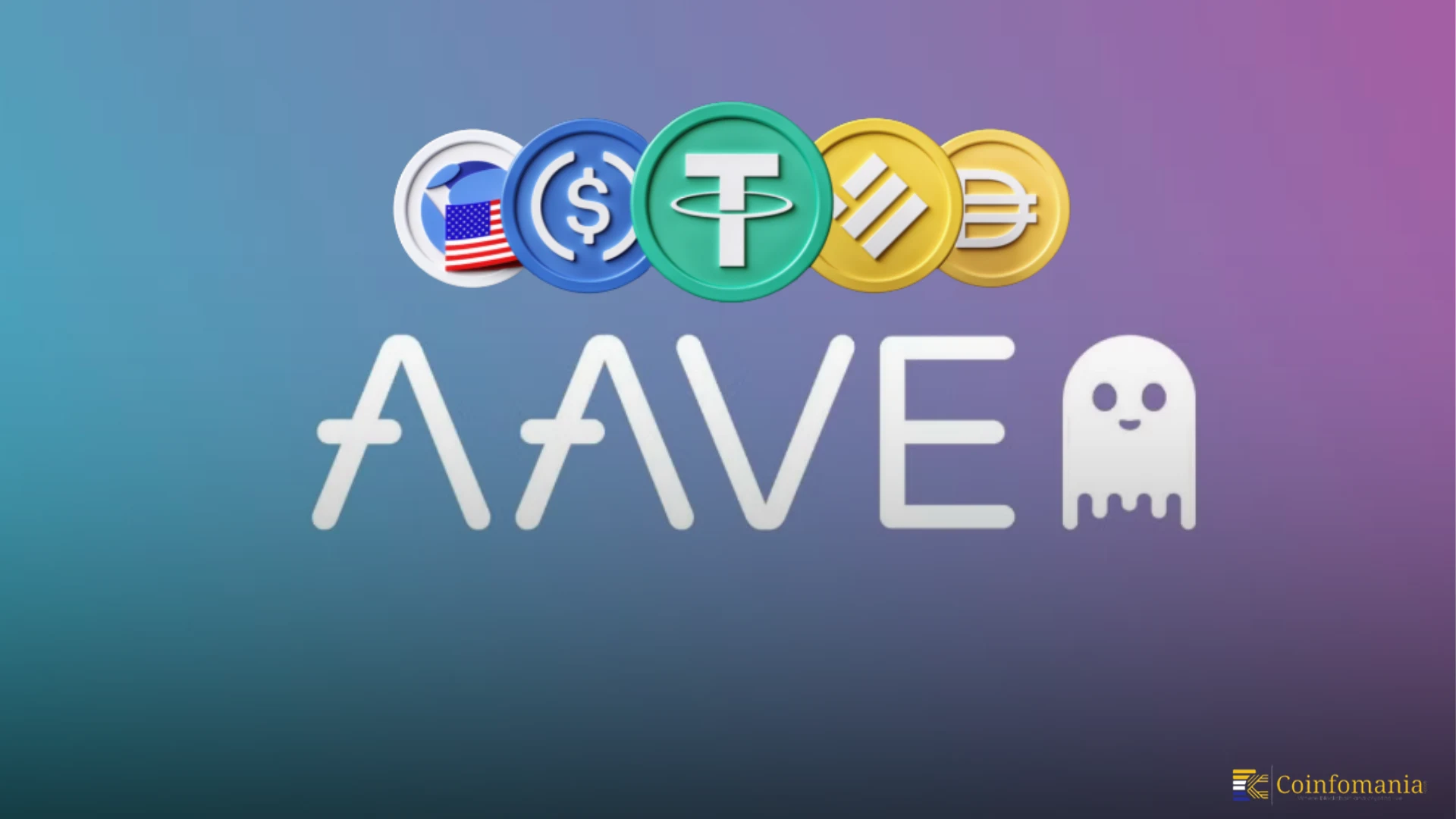GHO Unveiled: Can This Decentralized Stablecoin Reshape the DeFi Landscape?
0
0

GHO isn’t merely yet another name among the increasing roster of stablecoins—it represents an important milestone for decentralized finance (DeFi). GHO, launched by Aave in July 2023, puts decentralization, transparency, and over-collateralization at its core. GHO is backed by a pool of crypto assets, unlike fiat-backed and centralized traditional stablecoins like USDT or USDC. What makes it unique is that all of this backing is verifiable on-chain, bolstering user trust while minimizing the opaqueness typical of centralized systems.
How GHO Works: The Minting and Collateral System
The concept behind GHO is simple yet effective. To mint GHO, users must deposit approved cryptocurrencies as collateral through the Aave platform. However, what sets it apart is the requirement that the value of the collateral must exceed the amount of GHO being minted. This over-collateralized model works like a crypto-backed loan and ensures a cushion against market volatility. If the collateral’s value drops significantly, it triggers automated liquidations to maintain the $1 peg, ensuring GHO retains its price stability.
Why GHO Stands Out in the Stablecoin Market
GHO benefits from its deep integration with the Aave ecosystem. One notable feature is that users who stake AAVE, Aave’s native token, can access GHO loans at discounted rates. This makes GHO more than just a stablecoin—it becomes a utility token within the Aave platform. Another advantage is how the interest earned from GHO loans directly funds the Aave DAO (Decentralized Autonomous Organization) treasury. With an initial cap of 35 million GHO tokens, analysts expect DAO revenues to rise as more users adopt GHO in DeFi activities.
Real-World Use Cases and Growing Interest
GHO’s practical uses are already becoming apparent across the DeFi landscape. Whether for daily transactions, DeFi lending and borrowing, or as part of liquidity pools, GHO offers a flexible and rewarding experience. Though its adoption started slowly, ongoing community incentives and Aave’s wide support network have fueled a steady increase in usage. Projections suggest GHO’s total circulating supply could exceed $200 million by early 2025, signaling rising confidence among DeFi users and developers alike.
Addressing the Risks: What to Watch For
Despite its novel model, GHO has seen difficulties. For example, during its initial launch period, the token traded under its $1 peg and raised flags. Nevertheless, the Aave governance team was responsive, administering borrowing rate adjustments, as well as launching a GHO Stability Module, and this has eliminated much of the volatility. GHO could still be sensitive to the crypto market, particularly because its value is backed by volatile assets. Users should be aware of this risk and monitor developments on the platform.
The post GHO Unveiled: Can This Decentralized Stablecoin Reshape the DeFi Landscape? appeared first on Coinfomania.
0
0
 Manage all your crypto, NFT and DeFi from one place
Manage all your crypto, NFT and DeFi from one placeSecurely connect the portfolio you’re using to start.






